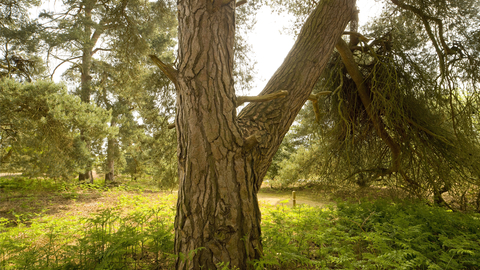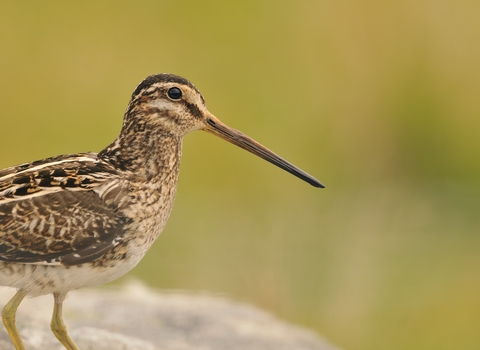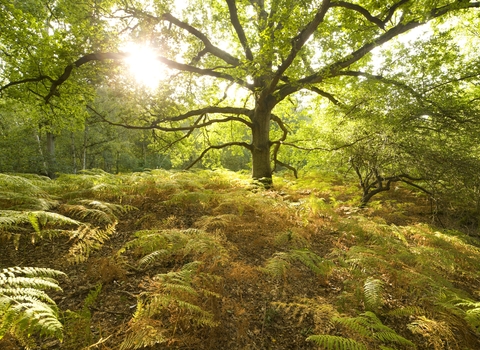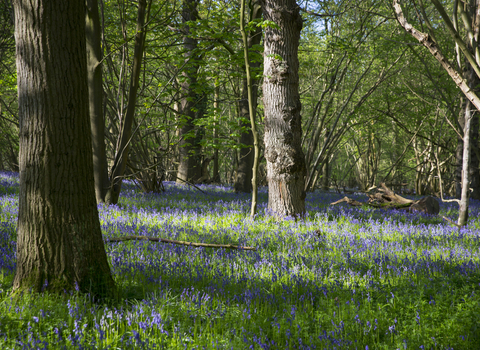
East Wretham Heath (credit: Richard Osbourne)

Scott's pine at East Wretham (credit: Richard Osbourne)
East Wretham Heath
Location
Know before you go
Dogs
Some areas of the site may have a temporary no dogs permitted restriction in place - please observe signage on site.
When to visit
Opening times
Dawn till dusk, every day, all year roundBest time to visit
Spring and summerAbout the reserve
Famed for its small lakes, known as ‘meres’, East Wretham is one of the last areas of Breckland heath. The water levels of the meres change drastically as they are fed from groundwater in the chalk below. The meres attract wildfowl when full, and passage waders at lower levels when the muddy edges are exposed.
Purchased by NWT at the start of the Second World War, East Wretham is our oldest Breckland reserve. During the war, the site was ploughed and farmed. Since then, careful management and controlled grazing – particularly by the reserve's numerous rabbits – have restored the open heath habitat.
Today, there are several different habitats to explore at East Wretham. The short, close-cropped grassland is home to many rare species of plants and insects. The old Scots pine plantation is thought to have been planted in the early nineteenth century, around the time of the Battle of Waterloo. These gnarled old trees contrast with the young, regular stands of conifers you often see elsewhere in the Brecks.
Endangered bird species such as nightjar and woodlark breed here. It is one of the few sites in East Anglia where redstart still breed.
Habitat
Contact us
Environmental designation

Illustrated map of East Wretham Heath.



